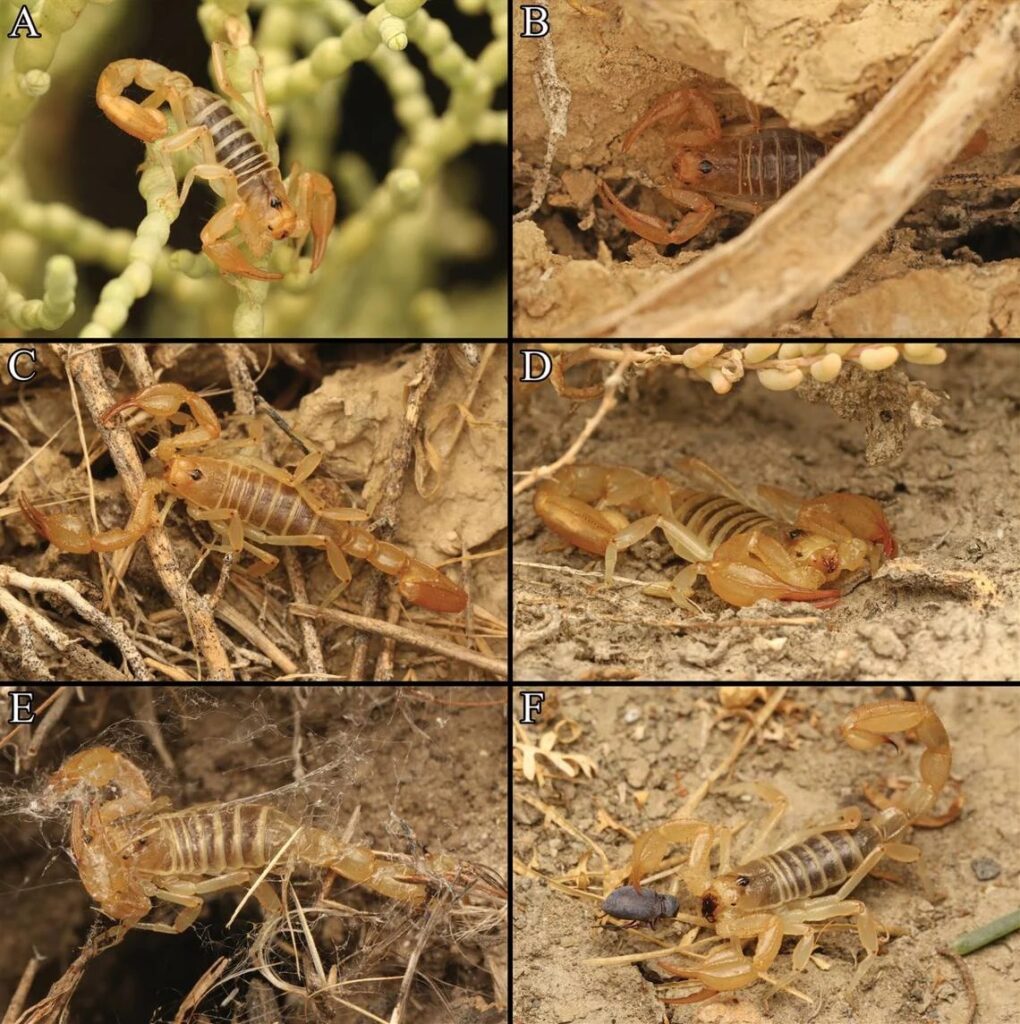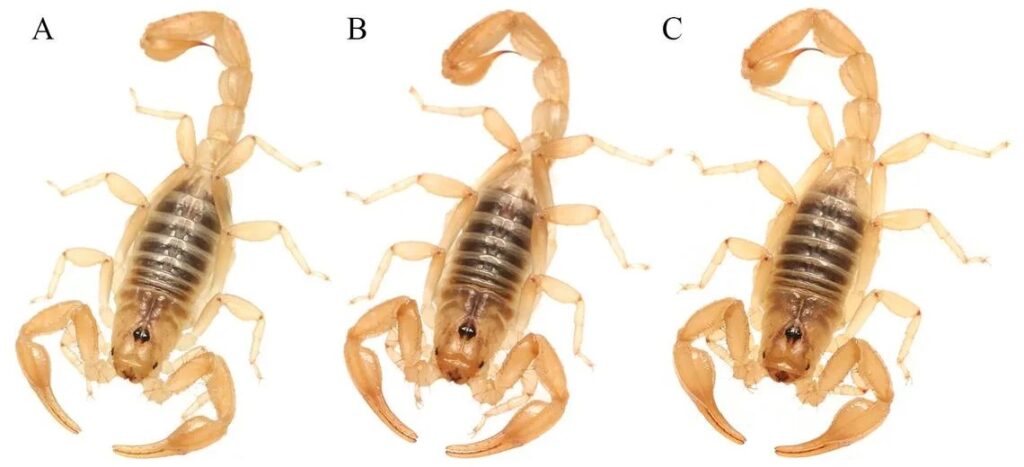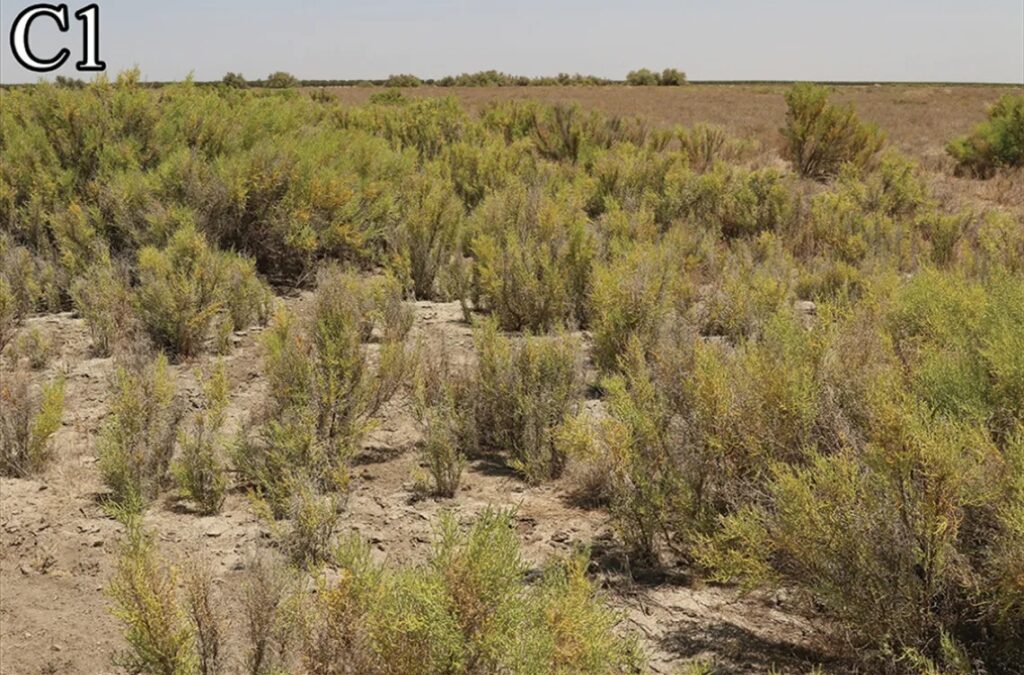
In the scorching heat of a California desert, scientist Brian Hinds stumbled upon a hidden creature, marking the beginning of a fascinating discovery. Identified as a new species, the Tulare Basin scorpion, this venomous arachnid adds to the rich biodiversity of the San Joaquin Desert.
Brian Hinds’ encounter with the Tulare Basin scorpion occurred in 2020 during a survey of a relatively undeveloped area in Fresno County. The scorpion, with its distinctive orange-yellow body and unique features, sparked curiosity among scientists at the California Academy of Sciences.

Utilizing the iNaturalist citizen-science platform, Hinds shared his finding, triggering a comprehensive study by a team of researchers. Between 2021 and 2022, the team explored various salt flats around the San Joaquin Desert, uncovering 29 more scorpions akin to the initial discovery. Through meticulous examination, they confirmed the existence of a previously unknown species—Paruroctonus tulare, or the Tulare Basin scorpion.
Measuring approximately 2.1 inches in length, the Tulare Basin scorpion boasts a smooth body, eight legs, and distinctive heavily scalloped pincers. Its vivid orange-yellow hue, adorned with darker brown markings, sets it apart in the arid landscape.

Despite its venomous nature, the Tulare Basin scorpion poses no threat to humans, according to lead co-author Lauren Esposito. The scorpions were observed engaging in sit-and-wait predation, preying on various insects and adapting to diverse habitats such as soil cracks, burrows, and even discarded concrete.
Named after the region of its discovery, the Tulare Basin scorpion faces an uncertain future. Researchers express concerns about its vulnerability to extinction due to numerous anthropogenic threats. The species has been identified at 12 sites in Kern and Fresno counties, highlighting the urgency of conservation efforts.

The study, led by Esposito and her team—Prakrit Jain, Harper Forbes, and Jacob Gorneau—provides a detailed account of the Tulare Basin scorpion’s physical characteristics and habitat preferences. Although DNA analysis was not conducted, the study emphasizes the importance of understanding and safeguarding this newfound species in the face of mounting threats to its existence.

Leave a Reply